- MISSION 1: Advance economic complexity
- MISSION 2: Tech up for a digitally vibrant nation
- MISSION 3: Push for Net Zero
- MISSION 4: Safeguard economic security and inclusivity
|
Mission 1 focuses on encouraging the industry to innovate and produce more sophisticated products to increase economic complexity
|
|
|
|
Malaysia's strategic focus is on transitioning to higher value-added activities, moving beyond traditional manufacturing models towards an innovation-driven manufacturing hub. This transformation involves fostering an ecosystem that encourages the growth of industries engaged in high-value economic activities, integrating value chains across sectors and promoting vertical integration among ASEAN countries. The Research, Development, Commercialisation, and Innovation (RDCI) cycle plays a pivotal role in enhancing economic complexity and cultivating high-skilled talent, facilitating the introduction of innovative products and services that drive job creation and economic expansion. Central to this approach is the goal of increasing manufacturing exports to bolster Malaysia's economic growth and global competitiveness |
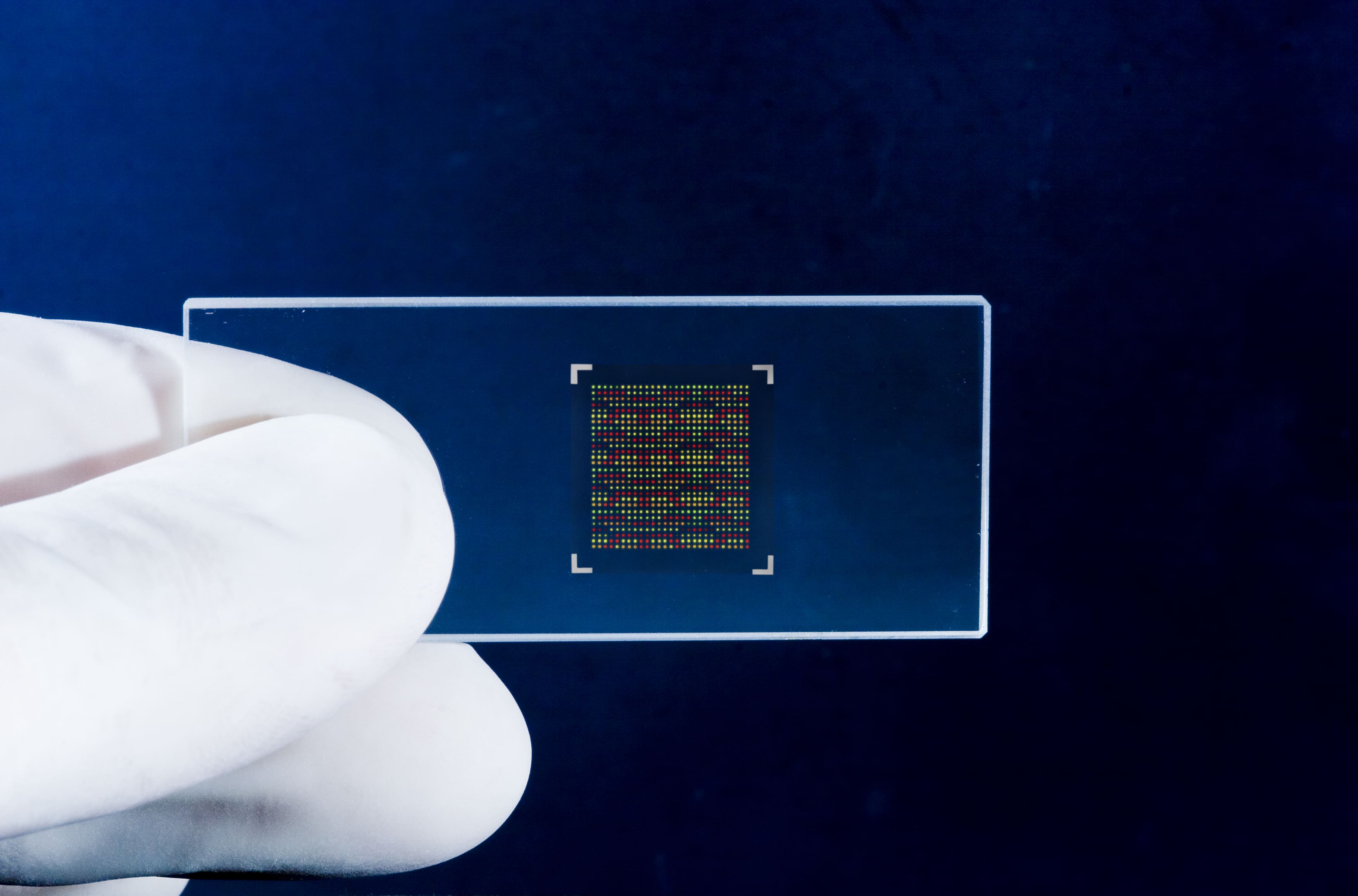
1.1 Expand to high value- added activities of the value chain
1.1.1 Create global IC design champions from Malaysia
1.1.2 Attract global leader to establish wafer fabrication in Malaysia
1.1.3 Shift from basic to specialty chemicals
1.1.4 Build Malaysian champions for game changing advanced materials
1.1.5 Identify high value-added opportunities in the aerospace, pharmaceutical and medical devices sectors

1.2 Develop entire ecosystem to support the high value-added activities
1.2.1 Build strong local SMEs in manufacturing and related services to support the industry champions
1.2.2 Integrate value chains between:
- M&E and Medical Devices
- Semiconductor and EV
- Chemical and Pharmaceutical

1.3 Establish cooperative ‘vertical integration’ for global value chain
1.3.1 Leverage alliance with ASEAN countries to integrate the semiconductor, advanced materials and clean energy value chain
1.3.2 Develop vertical integration programmes through IndustryConnect conferences

1.4 Foster Research, Development, Commercialisation and Innovation (RDCI) ecosystem
1.4.1 Assign specific topics and KPIs to universities for industrial-linked R&D
1.4.2 Digitalise IP application and launch enhanced National IP Policy
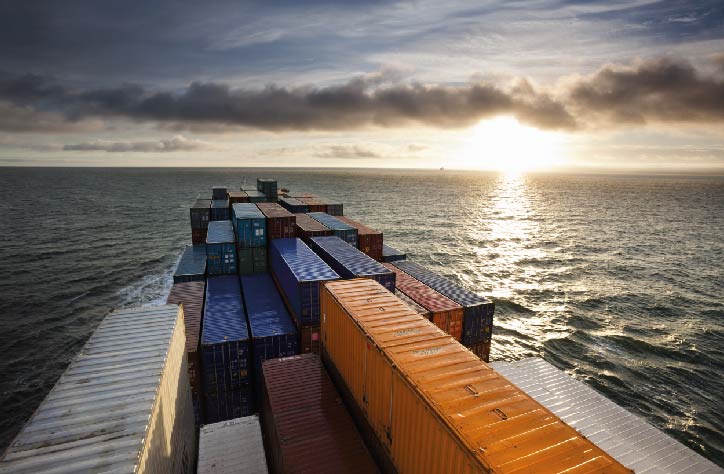
1.5 Increase manufacturing exports
1.5.1 Implement national trade advocacy campaign to increase industry utilisation of FTAs
1.5.2 Rejuvenate “Made in Malaysia” branding
1.5.3 Address trade restrictive non-tariff measures (NTMs) and compliance of standards
1.5.4 Update FTA based on geopolitical conditions
|
Mission 2 aims to embrace technology and digitalisation to drive innovation, enhance productivity and create new opportunities for economic growth. It is imperative for companies to adopt technology and digitalisation. The NIMP 2030 aims to transform 3,000 smart factories as this will encourage the industry to tech up and create high-skilled jobs for the manufacturing industry. |
|
|
|
To achieve Mission 2, it will require the cooperation of all parties. Companies in Malaysia should aim in adopting digitalisation over low-skilled labour to enhance productivity and create high-skilled jobs. It is crucial for organisations to adopt a digital mindset and integrate digitalisation across the manufacturing processes. Similarly, the Government will accelerate digitalisation and integration to support the industry. This involves streamlining and digitalising processes to improve public service delivery and ease the process of doing business in Malaysia. Collectively, the Government and industry will spur technology innovation to create more local technology solutions. This will support homegrown talent and encourage disruptive ideas, thus transitioning Malaysia from being technology providers to technology creators |
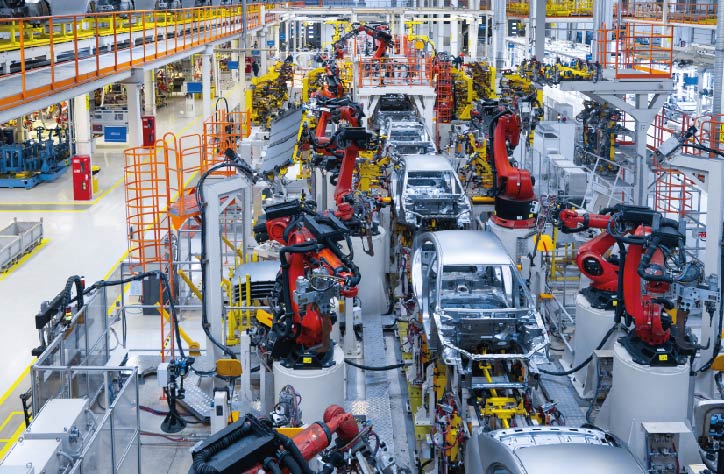
2.1 Accelerate technology adoption
2.1.1 Enhance Industry4WRD programmes to increase technology adoption
2.1.2 Accelerate digital infrastructure rollout (JENDELA)
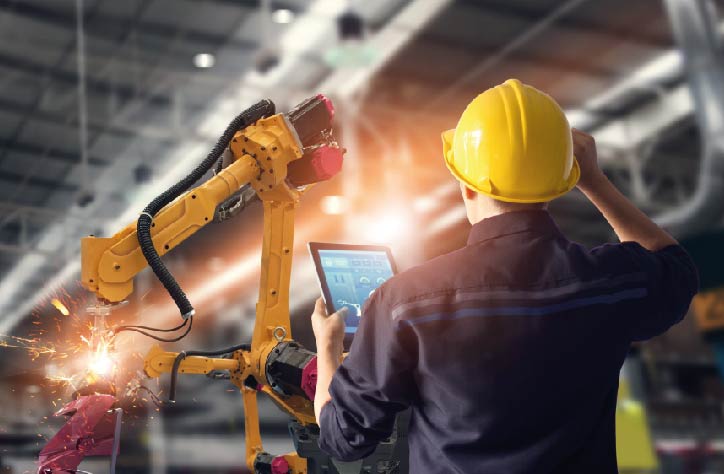
2.2 Shift away from low-skilled labour model
2.2.1 Introduce multi-tiered levy mechanism for low-skilled labour to accelerate automation
2.2.2 Introduce automation condition in new Manufacturing License

2.3 Spur technology innovation
2.3.1 Nurture local technology solution providers to support Technology Adoption Programme
2.3.2 Develop generative and industrial AI solution leaders and system integrators
2.3.3 Drive data analytics through a national digital platform for manufacturing

2.4 Accelerate government digitalisation and integration
2.4.1 Digitalise end-to-end government touch points across business life cycle
|
Mission 3 aims to decarbonise the manufacturing sector to achieve Net Zero emissions as early as 2050 while capitalising on new green growth areas. Malaysia is committed to the global effort to tackle climate change and has pledged to reduce GHG emissions intensity. Malaysia actively pursues the transition to a greener manufacturing industry. The Push for Net Zero mission also aims to decarbonise Malaysia’s industries through implementation of energy efficiency and waste management measures, rapid RE and technology adoption and robust regulatory frameworks. |
|
|
|
This mission also presents new economic opportunities for Malaysia to capitalise, to position itself as a leader in new green growth areas such as Electric Vehicle, Renewable Energy, CCUS and Circular Economy. |

3.1 Accelerate transition towards sustainable practices
3.1.1 Develop sectoral decarbonisation pathways to guide transition
3.1.2 Decarbonise “hard-to-abate” sectors
3.1.3 Introduce carbon policy, accounting and tax
3.1.4 Launch iESG framework and transition programmes

3.2 Transition to renewable and clean energy
3.2.1 Enhance adoption scheme for energy efficiency or renewable energy
3.2.2 Accelerate availability and accessibility of renewable energy source for the industry
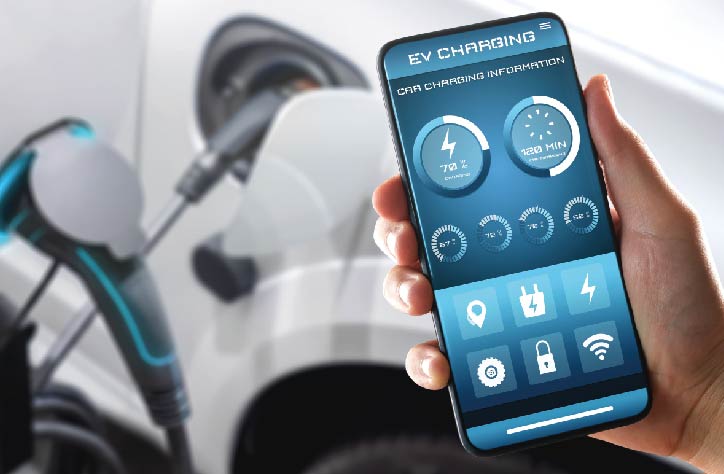
3.3 Catalyse new green growth areas
3.3.1 Catalyse EV as a key growth driver
3.3.2 Grow carbon capture, utilisation and storage (CCUS) as a new sector
3.3.3 Develop circular economy framework for the industry

3.4 Shift towards green infrastructure
3.4.1 Accelerate transformation of industrial estates into eco-industrial parks
|
Mission 4 aims to create an enabling environment with supply chain resilience, fosters entrepreneurship, supports SMEs, and promotes equitable participation in economic activities. Due to the geopolitical movements, MNCs are actively seeking ways to de-risk their operations by adopting a “Plus One” strategy. |
|
|
|
Empowering local communities and supporting SMEs are essential to build local supply chain resilience and help SMEs to integrate with Global Value Chains (GVCs). The NIMP 2030 Missions also prioritise inclusive growth, recognising that no single entity can single-handedly drive this forward. To achieve inclusive growth, it requires collaborative efforts across all States, SMEs, Bumiputera and female labour force. |

4.1 Develop resilient supply chain
4.1.1 Identify specific supply chain resilience strategies for critical sectors
4.1.2 Establish supply chain cooperation and collaboration through G2G and G2B programme
4.1.3 Introduce National Mineral Policy for downstream processing of critical minerals

4.2 Foster climate resilient development
4.2.1 Develop sectoral adaptation pathways
4.2.2 Foster an adaption industry to provide adaptation products and services (including exports)
4.2.3 Instil climate resilience measures for critical economic infrastructure

4.3 Strengthen industrial clusters for regional development
4.3.1 Expand clusters for spillover regional impact
4.3.2 Align industrial development plan between Federal andStates
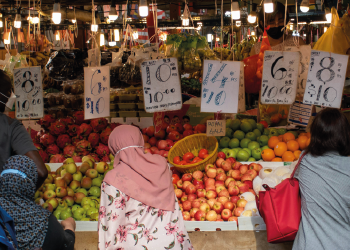
4.4 Empower Bumiputera participation and create inclusive workforce
4.4.1 Uplift capabilities of Bumiputera companies in manufacturing via Tindakan Pembangunan Bumiputera 2030
4.4.2 Develop programme to increase women participation in high-skilled manufacturing employment
_NEW2023-bi.png)












